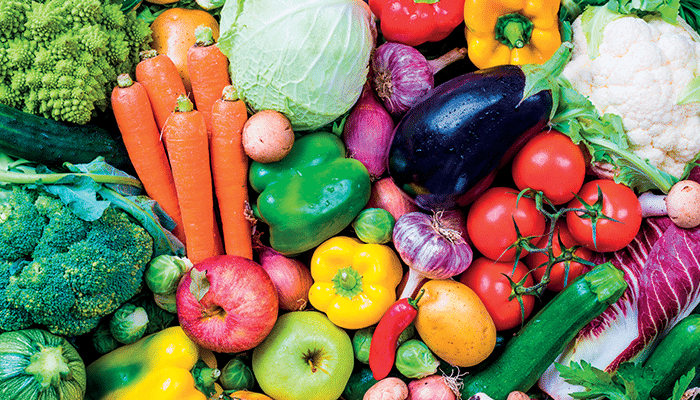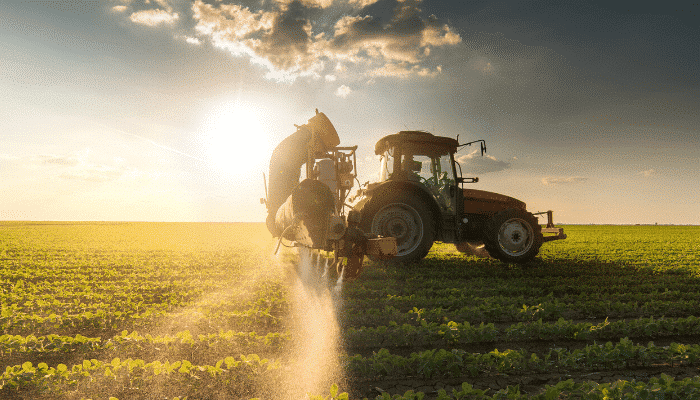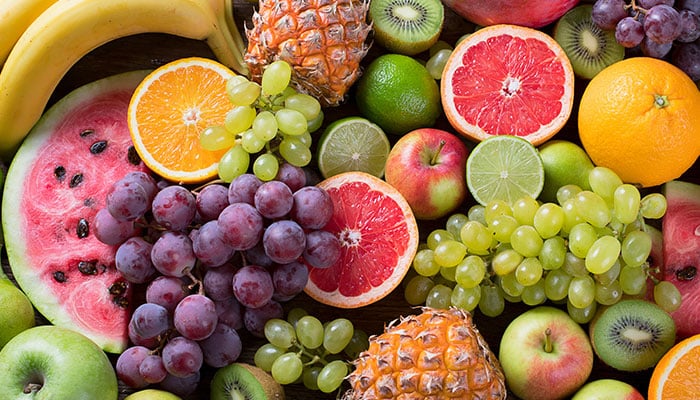
Article réservé aux abonnés


The first European Alerts (RASFF) on the presence of perchlorate in foodstuffs were issued in 2013.
As a reminder, perchlorate is a substance naturally present in the environment, in nitrate and potassium deposits.
It is also a pollutant whose presence is due to the use of nitrate-based fertilizers as well as ammonium perchlorate used in various industrial processes.
It can also be formed during the degradation of sodium hypochlorite used to disinfect water and can contaminate tap water. Water, soil and fertilizers are considered potential sources of perchlorate contamination of foodstuffs.
In September 2014, EFSA published a scientific opinion on the health risks related to Perchlorate. The CONTAM Panel considered that exposure to this substance was of potential concern.
In 2015, (EU) Recommendation 2015/682 was published to collect additional data on the presence of perchlorate in food.
In 2017, EFSA conducted a human exposure assessment for perchlorate, which identified a risk to human health via both chronic and short-term exposure.
Regulation (EU) N°2020/685 of 20 May 2020 amending Regulation (EC) N°1881/2006 has just been published in the Official Journal of the European Union.
This text sets maximum levels of perchlorate in certain foodstuffs.
It will be applicable as from July 1st, 2020. Foodstuffs that have been legally placed on the market before 1 July 2020 may continue to be marketed until their date of minimum durability or use-by date.
Below are the matrices that will be regulated:
- Fruit and Vegetables
- Tea, Herbal and dried fruit infusions
- Infant formulae, follow-on formulae and foods for special medical purposes for infants and formulae for young children
- Baby food
- Processed cereal-based foods
Please note that our laboratory carries out the analysis of perchlorate under COFRAC accreditation (Scope N°1-1904 available on the COFRAC website). Do not hesitate to contact our customer service Dedicated line +33 800 900 775 or by email service-clients@phytocontrol.com




